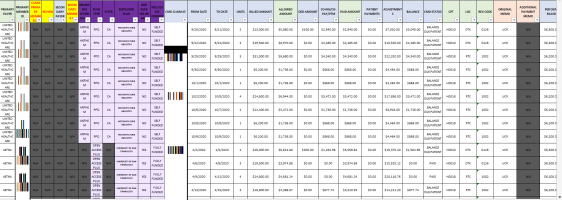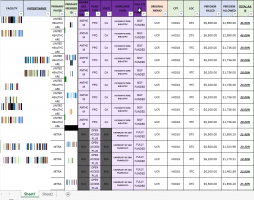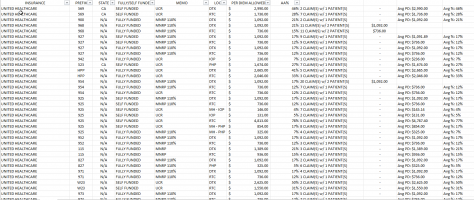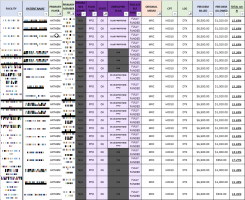noobythebad
New member
- Joined
- Nov 29, 2021
- Messages
- 2
Hello,
So I've been tasked with an assignment at work that involves me having to figure out how to estimate what we will be paid from a claim using previous payments. Is there any formula that will allow me to predict a future number fairly accurately from a group of previous numbers?
So I've been tasked with an assignment at work that involves me having to figure out how to estimate what we will be paid from a claim using previous payments. Is there any formula that will allow me to predict a future number fairly accurately from a group of previous numbers?




